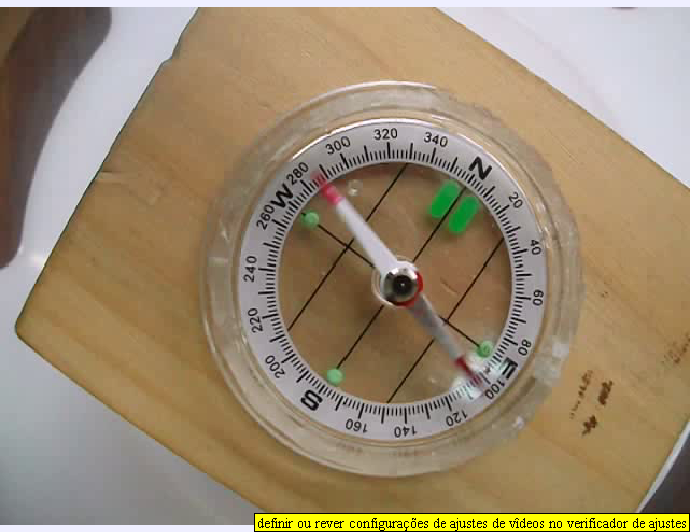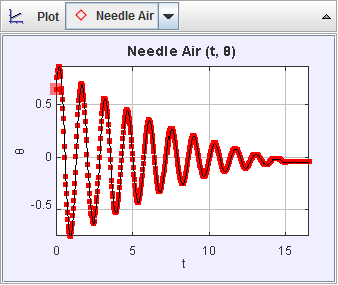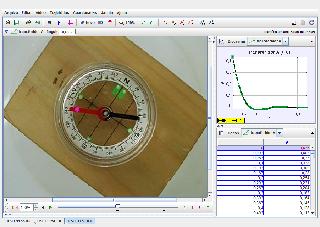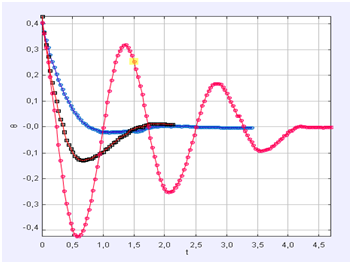Which is the best Damping Coefficient for a Compass?

In certain practical problems we have an interest that the oscillations of a mechanical system are damped as soon as possible. On the vibrations of a car when going through irregular floors, the shock absorbers have the function of dissipating the mechanical energy in a short period of time. This time is crucial for the well-being of passengers and for the good performance of the vehicle. In the same way, the vibrations of the magnetic needle around the North-South direction are undesirable for those looking for finding a certain direction.
The oscillations of a magnetic
needle energy is dissipated by two processes. The first is result from
torques produced by contact forces between the needle and the support
pin. This resistive force is approximately constant and depends on the
nature of the materials and the degree of surface polishing. The second
cause of energy dissipation is the resistance that the fluid provides
to the displacement, for low speeds the resistance depends on the viscosity
of the fluid being proportional to the speed, ![]() .
.
In the latter case, in which the torques are proportional to speed, the dissipation of mechanical energy obeys to a very simple law of proportionality.
Exponential Decay

Tracker Video Experiment

Fig. 1 - One of the needle tips has all the extension in red which facilitates the use of Auto Tracker.
On the first video the magnetic needle is
immersed in air (![]() A),
the other uses oil (
A),
the other uses oil (![]() 0)
for the damping fluid. And a last one changed with water (
0)
for the damping fluid. And a last one changed with water (![]() W).
Donwload Experiment Tracker.Zip.
W).
Donwload Experiment Tracker.Zip.
From the film analysis using the Tracker tool, please
try to answer the following questions:
1. After obtaining the graphics displacement versus time (Fig. 2), determine
the period of oscillations. Are all curves periodic system? See that the
curve (blue) in which the system does not pass at all through the equilibrium
position is called critical damping.
2. Why should we choose small angles to a harmonic oscillator?
3. If the displacement, air compass (red line in Fig.2) variation is sinusoidal
how would you describe the speed and acceleration variations?
4. After determining estimate the period of the oscillation, use the Data
Tool for estimate the damping constant for water (black), air (red) and
oil (blue). Which model best describes immersed in air compass? Linear
or exponential function, why?
5. What is the effect of moment inertia and Earth magnetic field for determine
the damping constant? Compare with the model of a damped pendulum.
6. We suggest that this experiment be made with liquids of different values
of viscosity in order to compare the damping constants in each case, as
a relative measurement of the viscosity of these media.
7. What is the best value for the decay of a compass?

Download Video Water, Video Oil and Video Air
References
B. Lunkm and R. Beichner. "Exploring Magnetic Fields
with the Compass" . Phys. Teach. 49 – 45-48 (Jan. 2011).
R. Feynman, B. Robert, Leighton and M. Sands . “The Feynman Lectures
on Physics”, Vol. I.